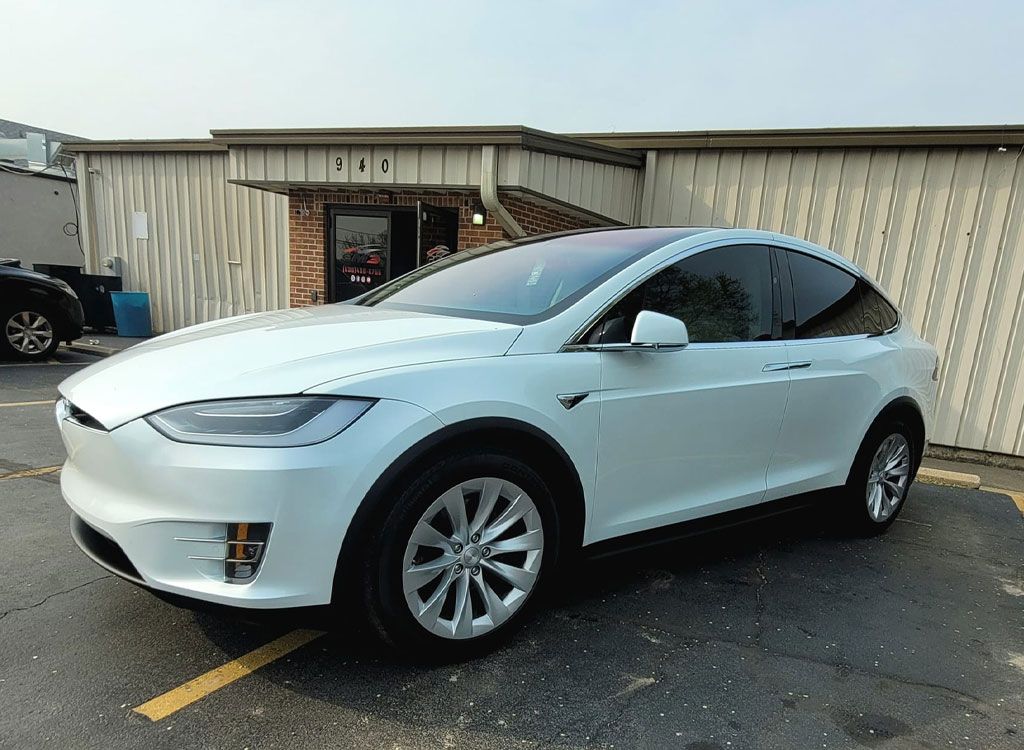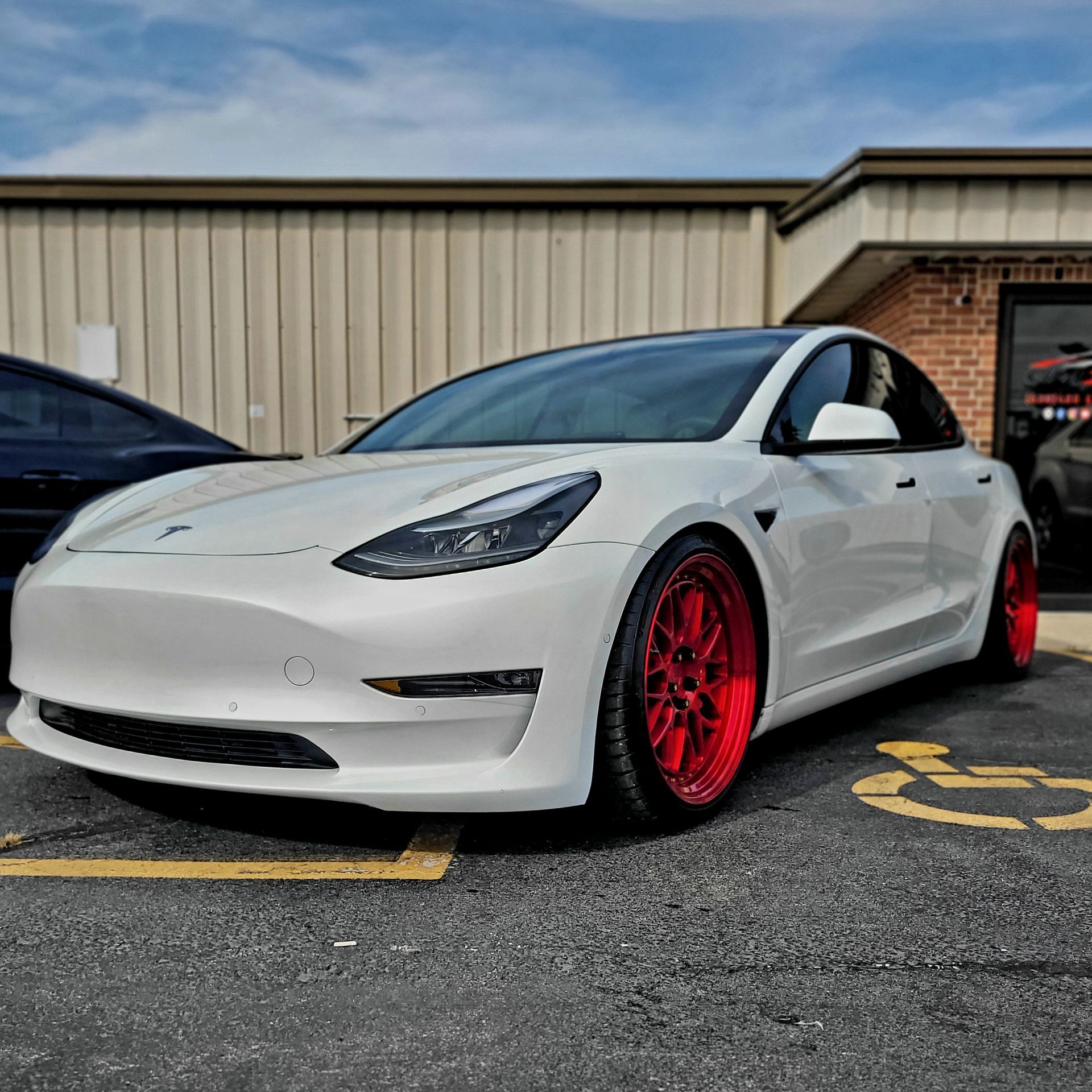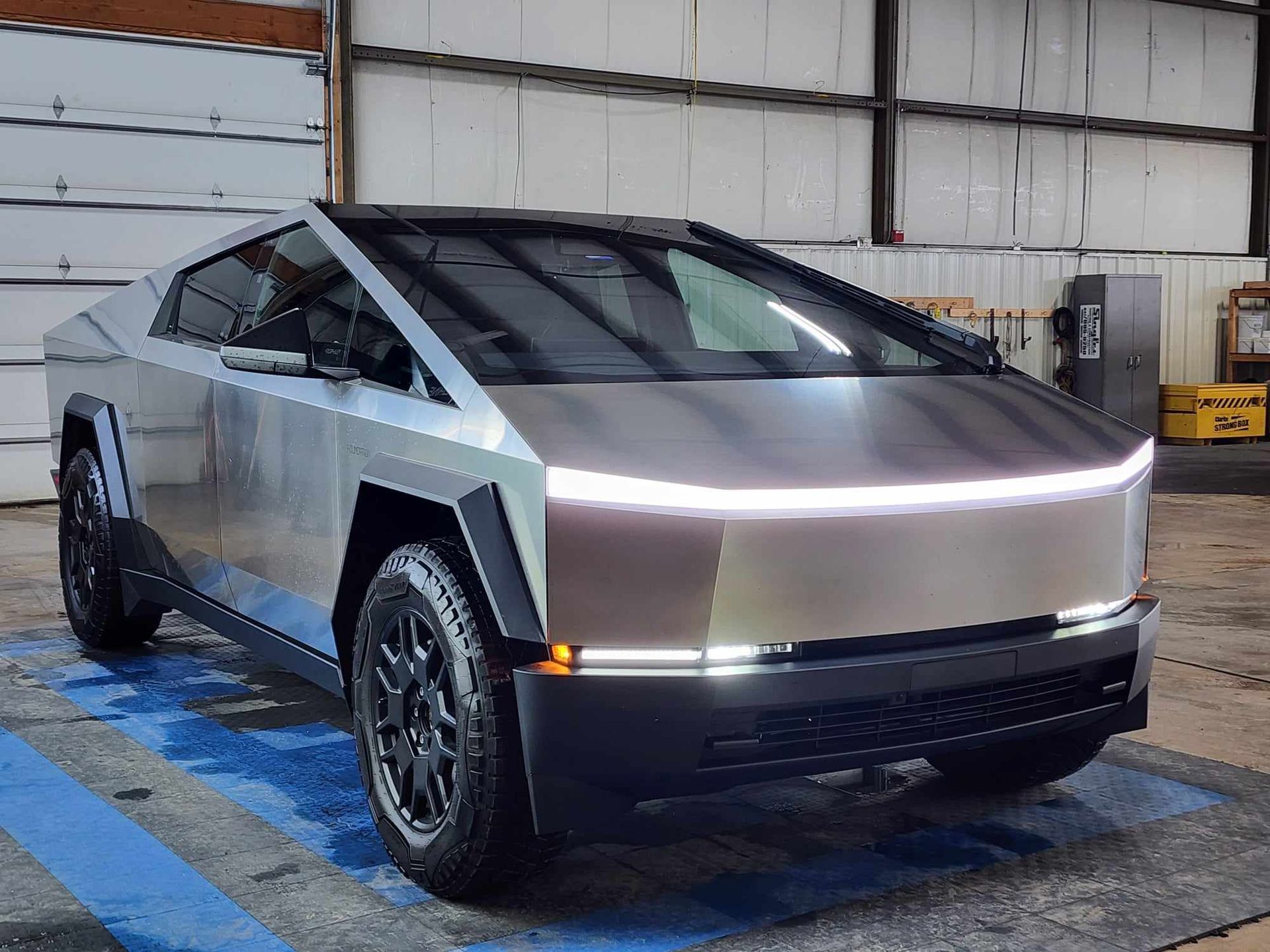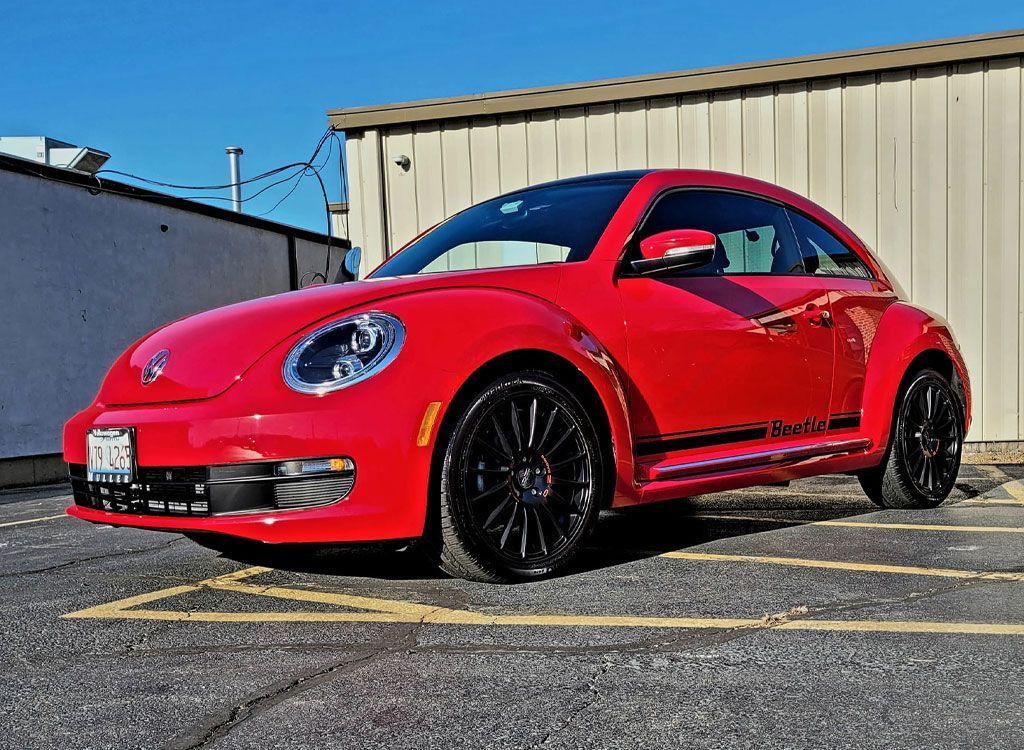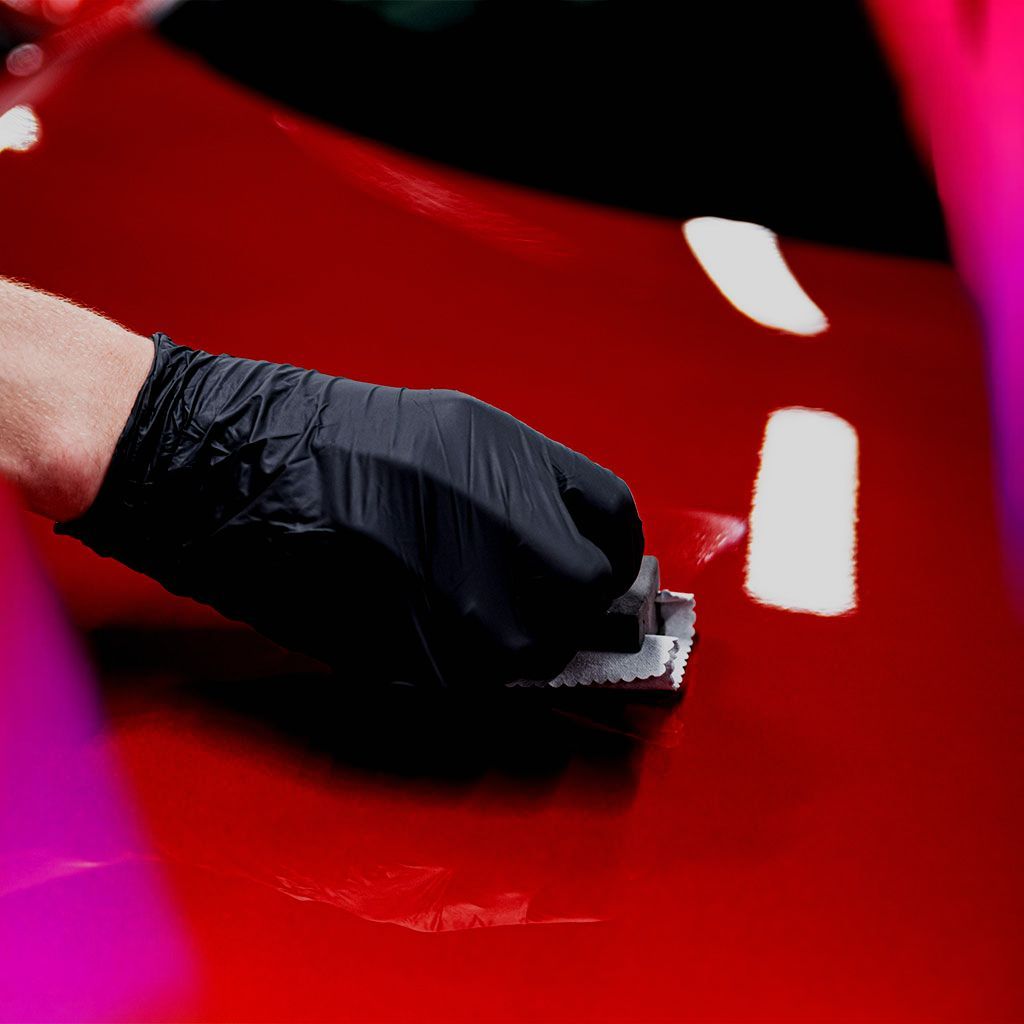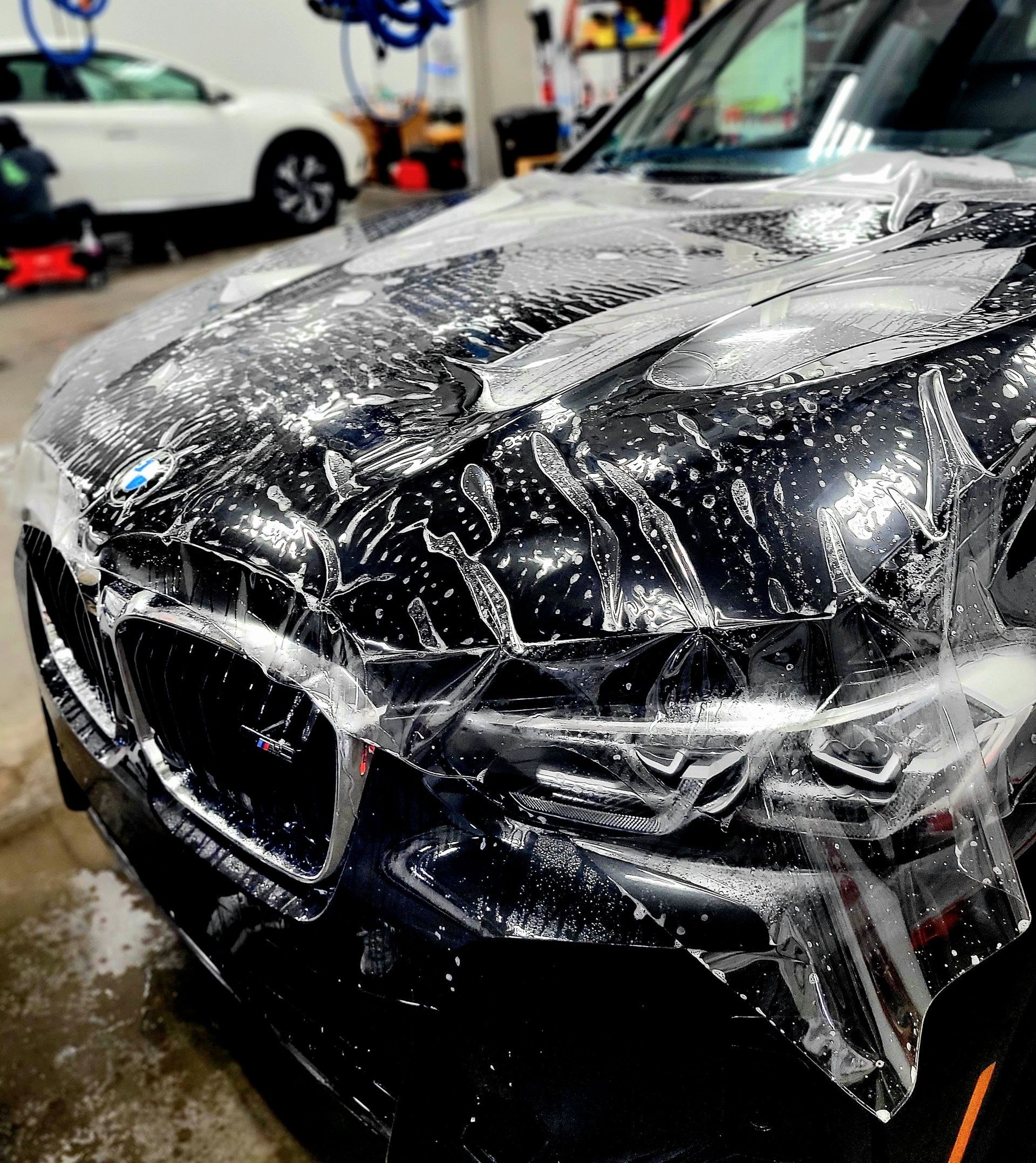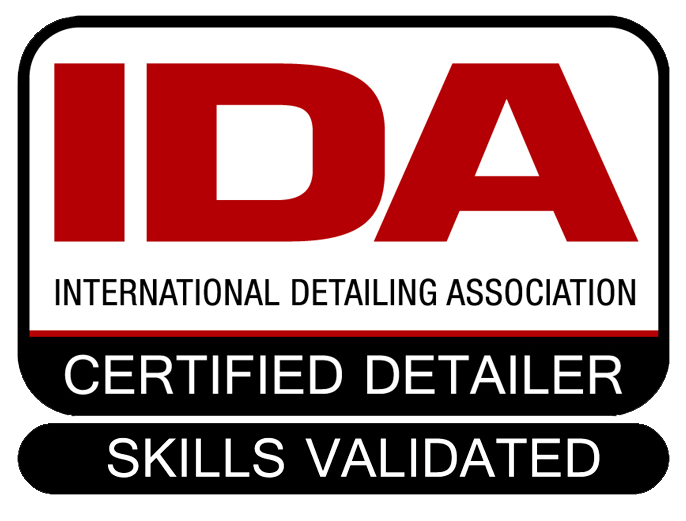PPF Benefits for Harsh Climate Driving Conditions: Protect Your Vehicle from Extreme Weather
If you've ever noticed how tough weather can wear down your car's paint, you're not alone. Sun, rain, snow, and even road salt chip away at that shiny finish over time, making your car look older before its time. That's where paint protection film, or PPF, steps in to help. It's like putting a clear shield on your vehicle that guards against the harsh stuff Mother Nature throws at it without changing how your car looks. This article explains how PPF works and why it's a smart choice for anyone who wants to keep their car looking fresh, no matter what the weather brings.
What is PPF and How Does it Work?
Paint protection film is much more than just a clear plastic sheet applied onto your car's paint. At its core, PPF is a sophisticated multilayered barrier crafted from thermoplastic urethane, engineered to defend your vehicle against everyday hazards that would otherwise harm its appearance. Think of it as an invisible suit of armor tailored specifically for your car's exterior. This film consists of carefully designed layers, each serving its own purpose. On top, a self-healing elastomeric layer uses its elasticity to repair minor scratches and swirl marks when exposed to heat, whether from sunlight or warm water. Small abrasions that would normally mar paint slowly disappear, keeping your car looking fresh without constant upkeep.
Beneath this healing surface lies a more robust layer acting like a shield against sharp objects such as pebbles and debris flung at high speeds on the road, preventing chips that would otherwise damage your paint. Below these defensive layers sits an adhesive layer formulated to bond strongly with your vehicle's paint while remaining removable without causing damage, an essential feature for preserving your car's value. The adhesive's strength ensures the film stays put through extreme weather conditions, from scorching summer sun to icy winter blasts, without peeling or bubbling.
Several properties combine to make PPF especially suited for harsh climates. It blocks up to 99% of harmful ultraviolet rays that cause paint fading and cracking. The film shields against damage from bird droppings, bug splatter, road salts, and other corrosive elements. Its hydrophobic surface repels water and dirt, reducing buildup and making cleaning easier. PPF maintains its integrity in weather extremes ranging from negative 40 degrees Fahrenheit to over 200 degrees Fahrenheit. The protective film's thickness typically ranges between 6 and 8 mils (thousandths of an inch), enough to deliver formidable defense without adding any noticeable bulk or altering the smooth feel of your car's surface. This subtlety means you retain the sleek look you love while gaining an almost invisible shield guarding against chips, scratches, and stains.
Resilience to Temperature Fluctuations
Harsh climates often involve extreme temperature changes that can affect vehicle paint. In some places, summer days scorch over 104 degrees Fahrenheit while winter nights plunge below negative 4 degrees Fahrenheit. Such drastic shifts present a real challenge for any protective layer on your car. Paint protection film stands out because it's engineered to flex and endure these wide temperature ranges without losing effectiveness. PPF acts like a smart cocoon for your paint.
It's flexible enough to expand and contract along with the metal beneath it as temperatures swing wildly. This elasticity is critical because rigid coatings or films tend to crack or lift when subjected to rapid heating and cooling cycles. PPF's ability to remain intact means your paint stays shielded from micro-cracks that can form when the protective layer fails under stress. Consider a hot summer afternoon when the car body surface heats intensely under the sun, then cools rapidly after sunset. Without a flexible shield, this process could cause tiny fractures in traditional paint or coatings, accelerating wear over time.
Instead, PPF's tailored properties allow the film to smoothly adjust, preventing damage. When selecting PPF for harsh climates, look for products tested against thermal extremes and applied by professionals who ensure proper surface preparation and curing. This combination maximizes longevity and performance even when your vehicle sits under blazing sun by day and freezing air at night. Temperature resilience also supports the self-healing attribute seen in many quality PPF products, as the slight warmth generated during sunny periods activates polymers within the film to heal minor scratches naturally.
Protection Against Road Debris and Scratches
Driving on the open road exposes a vehicle's surface to a constant barrage of gravel, sand, and tiny rocks. These elements might seem harmless until they chip away at the paint. Small impacts accumulate over time, transforming what was once a pristine finish into a scratched or chipped surface. This damage not only detracts from the vehicle's appearance but can also expose metal beneath the paint, setting the stage for rust and corrosion. Paint protection film acts like invisible armor, absorbing and dispersing the energy from these micro-impacts before they can reach your car's paint. The physical thickness of PPF is engineered to withstand the kind of impacts most commonly encountered on roads. Without protection, these impacts relentlessly degrade the look and integrity of your vehicle.
With PPF in place, those projectiles encounter a durable shield that cushions their impact, preventing unsightly chips and dents. Minor scratches sustained on the film's surface heal themselves within one to two days when exposed to temperatures above 70 degrees Fahrenheit, thanks to self-healing technology embedded in modern films. This means everyday abrasions vanish without leaving marks to mar your car's finish. For drivers facing frequent exposure to construction zones or rural roads where debris is unavoidable, investing in professionally installed PPF is preventative maintenance that saves money and stress over time.
UV Protection
When you park under the blazing sun day after day, your vehicle's paint suffers quietly but profoundly. Ultraviolet rays from sunlight penetrate the clear coat, causing your once vibrant finish to dull and lose that fresh shine. Without protection, paint gloss can degrade significantly over several years in harsh climates. Paint protection film contains specialized UV inhibitors embedded directly into the film. These act like microscopic shields, absorbing sun rays before they hit the paint beneath. As a result, the surface retains its vivid hue much longer, resisting the oxidation and fading that usually plague unprotected surfaces. Without this invisible layer, owners might ultimately face costly remedies, whether frequent touch-ups or even a full respray, to revive dull, cracked paint. PPF reduces this burden by guarding against damage proactively.
Application and Maintenance of PPF
Applying paint protection film requires precision and patience. Before laying down any film, the vehicle's surface must be thoroughly cleaned to remove dust, grease, or any residues that could prevent proper adhesion. Once the surface is pristine, the film itself must be cut and shaped with care to match every curve and contour of the vehicle. The film is meticulously positioned using slip solutions, typically a mixture of mild soap and water, to allow precise adjustments before it bonds permanently. Skilled installers use squeegees with soft edges to gently push out air bubbles and excess moisture, ensuring an invisible fit. An improper installation can lead to bubbles and edges lifting, so it's worth investing in a reputable service.
Once installed, maintaining your PPF becomes the key to longevity. Regular maintenance begins with gentle cleaning. Harsh chemicals or abrasive materials can erode the film's clarity and break down its protective qualities over time. Using pH-balanced soaps paired with soft microfiber cloths keeps dirt at bay without compromising the film's integrity. Avoid automatic car washes equipped with stiff brushes, as these can scratch or peel edges. Hand washing is preferable, focusing on rinsing off dirt promptly after exposure to road salts or sand common in harsher climates. Beyond washing, occasional inspection matters greatly. Check for small accumulation of debris along edges or areas where the film may slightly lift. Early detection allows for repair before dirt or moisture penetrates beneath.
Enhancing Vehicle Longevity with PPF
When you think about how a car ages, much of the visual wear starts with the paint. Exposure to UV rays, road debris, and weather takes its toll over the years, dulling the finish and chipping away at that fresh look. PPF creates an invisible barrier that absorbs these assaults before they reach your vehicle's paint, preserving not just the appearance but also the structural integrity of the exterior layers. The advantage comes from PPF's ability to self-heal minor scratches, especially when exposed to heat, which means your car can maintain its flawless look without costly touch-ups. Because PPF repels dirt and contaminants with its hydrophobic qualities, you spend less time scrubbing and more time enjoying your ride.
Over time, these benefits compound. Vehicles wrapped in high-quality PPF hold their gloss and color far better than untreated counterparts, maintaining a showroom-like appeal that consumers prize when buying used cars. To maximize these longevity benefits, opt for multi-layered films that provide robust ultraviolet protection and feature advanced self-healing capabilities. Have installation performed by certified professionals skilled at precision fitting, as any wrinkles or bubbles can compromise protection under harsh conditions. Consider PPF not merely as a cosmetic treatment but as an investment in your vehicle's lifespan. It prevents erosion of paint and reduces susceptibility to environmental damage such as acid rain or salt corrosion common in extreme climates. Investing in high-quality Paint Protection Film is a proactive choice that preserves your vehicle's beauty and value against relentless environmental challenges. For any driver facing extreme weather, PPF offers peace of mind alongside lasting protection.
Premium PPF in Elgin, IL
Give your vehicle long-lasting defense with
top-tier paint protection film from CM3 Detailing Studio & Ceramic Coating in Elgin, IL. Our precision-installed PPF shields against road debris, UV exposure, and everyday wear, helping your car maintain a clean, flawless finish. Protect your investment and enjoy worry-free driving!
Schedule your PPF service
with CM3 Detailing Studio & Ceramic Coating today!

